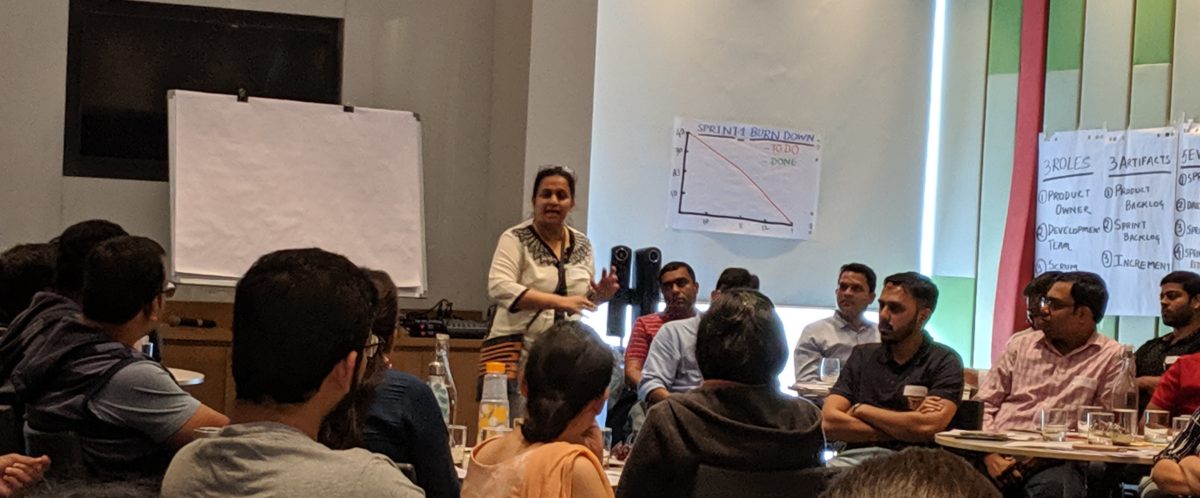We discussed sometime back that each agile transformation is completely unique. We don’t have a blueprint or a template which tells us how the ideal transformation goes. In fact there is nothing like an ideal agile transformation. You only have your own transformation.
Even then, almpst all successful agile transformations show some common elements. Transformations that I was part of also validate these elements. In this article , I want to describe the secret sauce needed to make your transformation successful.
- Acceptance that current way of work is not working. For any agile transformation to succeed , the teams need to accept that our current way project execution is not working. Unless teams have really accepted this fact, they are not likely to have the motivation needed to bring about such a humongous change
- Willingness to adopt scrum. Scrum requires a lot of change in our current way of working. It is human nature to be wary of the change. and people are not really be ready to change their way of working so drastically. Therefore, it is not enough that the team acknowledges current way of working is not succeeding. They also need to be convinced that at scrum or agile are indeed the way to success. This conviction about success of scrum is essential for successful scrum transformation.
- Agile/Scrum is not limited to IT only. I have met many business stakeholders who insist that their users cannot really adopt to this new way of working. These users are often used to having long requirement specification documents. They are now scared to work in a way where they have to give the requirements in a small vertical slices. They insist that for their organisation, it may be a better idea to become IT only agile where the development happens in sprints after the requirements are frozen!! According to me, this is not agile but actually mockery of what agile is really supposed to be. To get real benefits that agile can offer it is important that the entire life cycle is being done in agile and not just part of the life cycle.
- Create the right support structure Scrum works when the team has right supportive ecosystem. Setting up this ecosystem requires the organisational structure altered to suit the scrum work way of working. This may mean adapting the contracts, legal , infrastructure ,HR policies…List is endless. The change truly is pervasive.
- Set the teams for success with with seeding in capability. As I have said often, agile is a difficult change. As the scrum guide says it’s easy to understand but difficult to master. Many organizations believe that they can just to send a few of their people for scrum master training. They then imagine that these newly trained scrum masters can drive the transformation on their own. This approach usually does not work.Training is definitely necessary . It helps with knowledge acquisition. But its not enough by itself. The newly trained scrum masters will usually end up with multiple issues while implementing scrum. They struggle converting their knowledge into skill. This is where a good coach can help the team. This person brings in outside perspective and also a fresh outlook.

 I am Snehamayee!!!
I am Snehamayee!!!